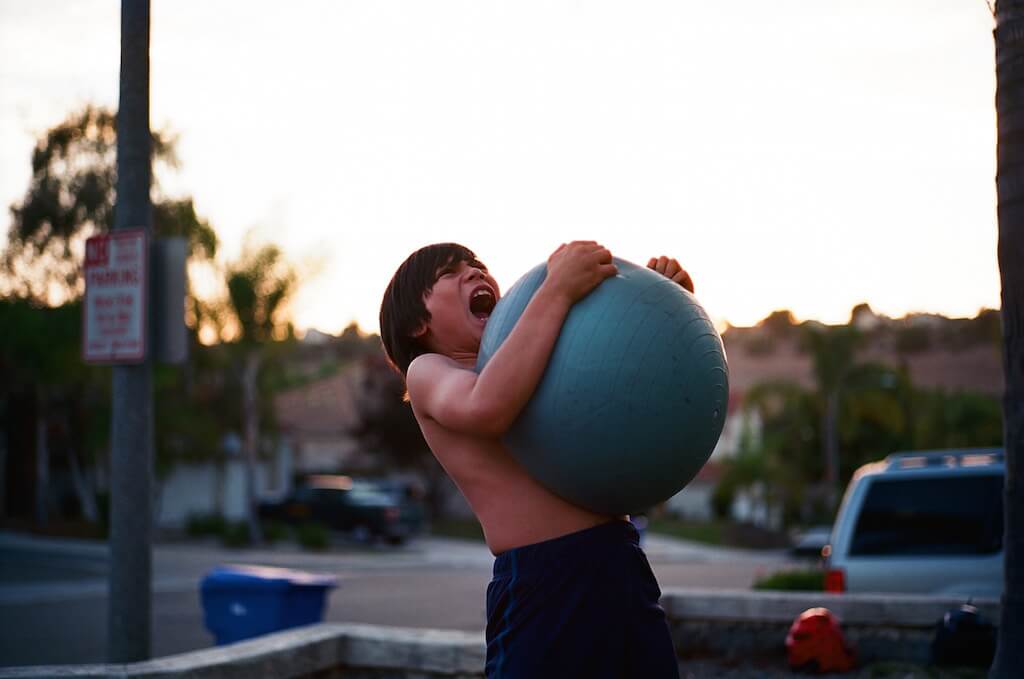Ladies, I’m sorry. Truly sorry. On behalf of every Fitness Professional – sorry.
On a recent episode of Tonos Radio Sabrena and I chatted about resistance training. Specifically, we asked the question: Is there a difference between lifting for long, lean, toned muscles and lifting for bulky muscles.
Let me start the discussion with a brief overview of the fitness industry. The vast majority of gym memberships are never used – somewhere between 70-80%. This is how your standard big box gym membership is so cheap – for every 1 person that uses their membership, 9 people pay for them to do so. Of the 20% or so of Americans that go to a gym, 10% of those do so under the guidance of a coach or trainer – either 1-on-1 or in a small group class. As you can see, the pie of people paying for fitness professionals dwindles quickly.
Enter: Differentiation
Because this space is tremendously competitive, it is important for fit pro’s to differentiate themselves. From experience, I can say that is it very costly and difficult to differentiate on the basis of customer services. So, we need to find other means of differentiation.
Fear is a powerful motivator.
If there’s one thing I’ve learned, it’s that fear will cause people to throw all logic and science out the window. In the case of resistance training and women, it’s the fear of getting “bulky.” Side note: God forbid we celebrate what our bodies can do instead of some weird aesthetic ideal, but plenty of people more qualified than I have written on this.
Toned; long and lean.
If I can say that my type of lifting gives you toned and lean muscles, I can say that the other gym gives you a big, bulky, and hulk-like physique. Differentiation.
So what actually affects physique.
When it comes to how someone puts on muscle tissue, there are three factors at play:
- Genetics
- Diet
- Type of resistance training
If we were to give each of these a score equal to 100 to indicate the importance of their role in whether or not you will get “bulky” or “lean” muscles it would be: Genetics – 60, Diet – 30, Type of resistance training – 10.
Since you can’t change your genetics, don’t lose sleep. If your genetics pre-disposed you to put on an inordinate amount of muscle mass when lifting, you likely played sports at a high level in high school or college. Genetics tend to pre-select high caliber athletes. And, if this is you – you’re probably in the I’m more into what my body can do camp.
So, now we look at diet. The “bulky” athletes that you see train for about 6 hours a day and eat somewhere around 4,000 calories. Here is a picture of 4,000 calories. YOU WILL NEVER BE ABLE TO TRAIN THAT MUCH NOR EAT THAT MUCH FOOD. Seriously, I dare you to eat 4,000 calories in one day.

We’re left with type of resistance training.
Even though this only accounts for about 10% of your “bulkiness” or “toned and lean” muscles, I’ll address it to. Honestly, it doesn’t even need to be addressed because it is so insignificant when compared to your genetics and diet, but people are way hung up on this.
Training Volume and Hypertrophy.
Muscular hypertrophy is what causes muscles to grow. It is important that your muscle mass increases because that will increase your metabolism. But, we’re here to answer this fundamental question: Do your muscles know the difference between different types of resistance training? Will they become long and lean if you do bodyweight resistance and short and bulky if you touch a barbell? The answer lies in volume. Higher volume = more hypertrophy. Hypertrophy = muscles growth.
Volume = Total Reps x Weight Moved.
Any time you get up out of a chair, do a lunge, do a plank, or do a bench press you’re moving an external load. This load can be a barbell or your own body weight. Your muscles don’t know the difference between a push up and a bench press (we can argue semantics, but for the purposes of volume accumulation assume all things are equal).
I’ll use myself for this experiment and we’ll use the push-up and the bench press as our examples. I’m an adult male who weights 175 pounds. Let’s say – when doing a push-up – I move 70% of my own bodyweight. That’s 122.5 pounds.
Workout A: I do 5 sets of 25 push ups. 125 repetitions @ 122.5 pounds moved – Training Volume = 15,312.5
Workout B: I do 5 sets of 5 bench press at 225 pounds (I wish). 25 repetitions @ 225 pounds – Training Volume = 5,625
Workout B will certainly make me stronger – especially if I progress that training volume. Workout A will cause greater muscular hypertrophy (i.e. grow my muscle size). My chest, arms, shoulders, and triceps don’t know the difference between a barbell and my bodyweight. They only know volume.
Takeaways
- Your genetics and diet play a much larger role in your muscle appearance than the structure of your workouts.
- Training Volume plays a much larger role in your muscle size than the implement you happen to be using to accumulate that volume.
- Find something you love to do, have fun doing it, eat reasonably, and you will see a positive change in physique.

